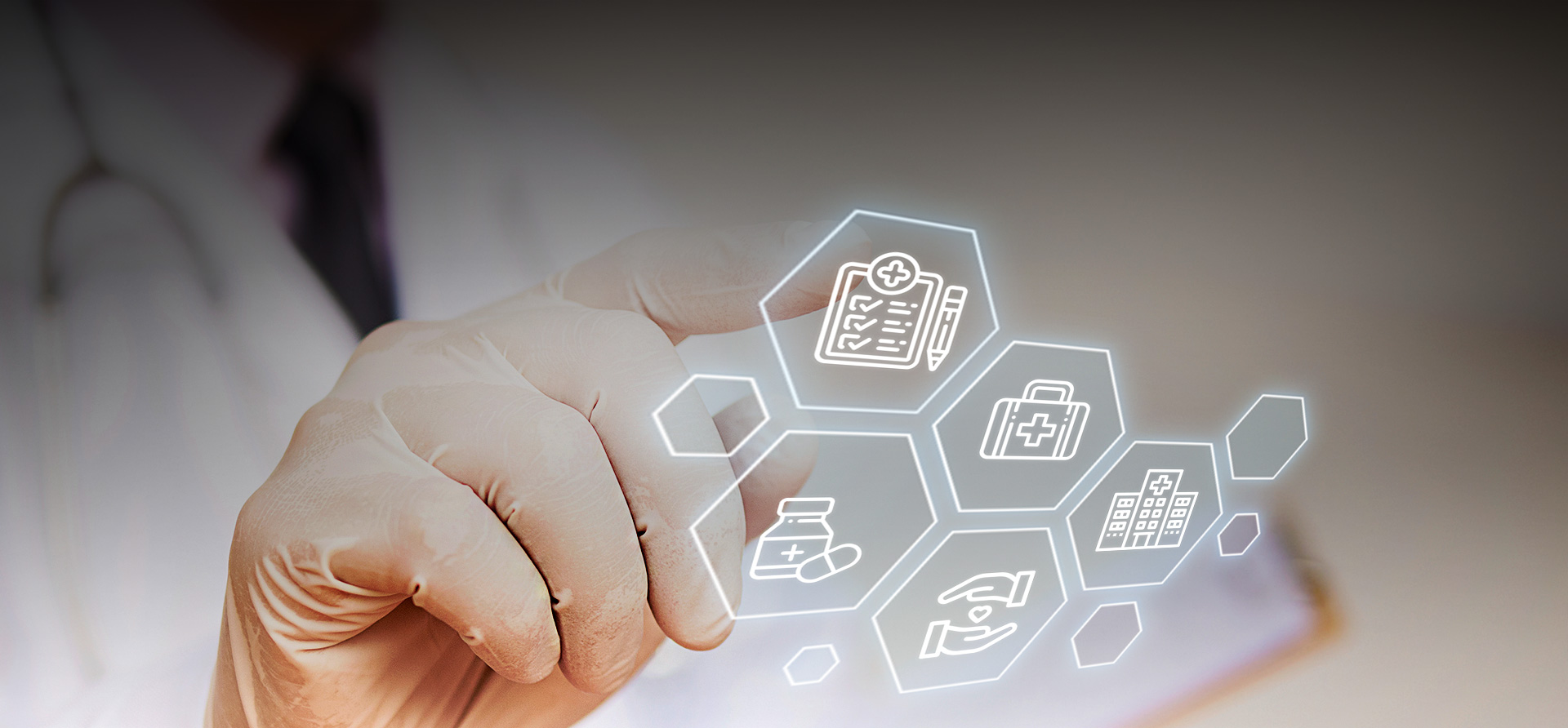In the modern healthcare era, we can see many data inconsistencies where critical patient information is shared across the healthcare providers, payers, and the patients, which is often fragmented, lost, or in some cases are duplicated. There is also a reduction of data security where several staff members manage patient information, making it susceptible to their data breaches putting data security at risk. This is where healthcare interoperability solutions come into the picture, where systems & devices exchange the information from other devices without any effort from the user. Interoperability in healthcare, also known as data interoperability, includes the technologies used in inpatient care to share data that meets the goals of delivering personalized care and effective health management. The current lack lies in compromising patient safety which hinders development which is an ample missed opportunity for a healthcare ecosystem.
Challenges are met like accessing the data, integrating into highly customized environments, and various data landscapes. Innovators in the healthcare sector are avoiding the market after developing interoperability in healthcare is exceptionally challenging. The healthcare industry is moving forward with interoperability. There is a lot to do for healthcare providers. Healthcare organizations that are defining interoperability solutions as engaging in bi-directional data exchange are considered successful by eliminating all healthcare interoperability bottlenecks. Both healthcare providers and the payers feel the pressure to enhance quality outcomes while decreasing the costs, the challenge for data interoperability remains hard. Ensuring data accuracy, completeness, and defining interoperability standards is the question behind the healthcare providers. Different types of performance measures, coding experiments pose hurdles to interoperability.
Healthcare payers are striving hard for complete data, but healthcare data interoperability and clinical decision support tools can ensure that they have the correct information. Many hospitals are seeking an innovative and manageable approach to interoperability in healthcare. Some are using the NLP technologies for medical machine learning which is also the latest technology in healthcare. Real-time exchanging data between the payers and the data providers improves the quality of care and the way of efficiency in which it appears, which paves the way to value-based healthcare.
Conclusion
Healthcare Interoperability is evolving, and many recent advancements will be made in the field of technology. As they are moving forward, clinical data analytics need to flow freely across all the networks. For this reason, health organizations need IT systems and applications that will communicate and exchange patient data efficiently and securely using the latest principles and technologies of interoperability.

Comments
Post a Comment